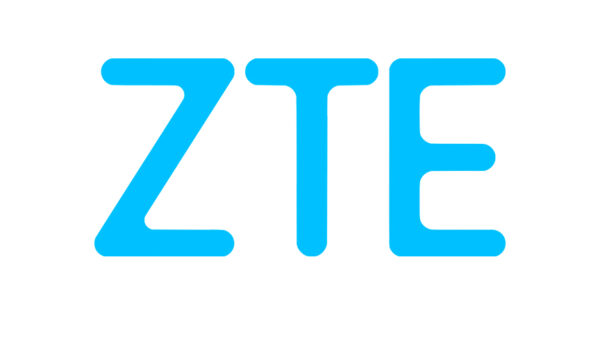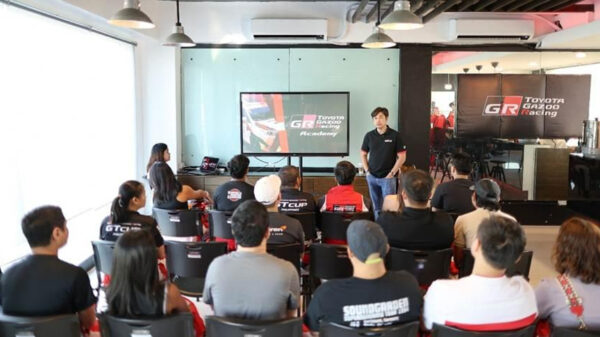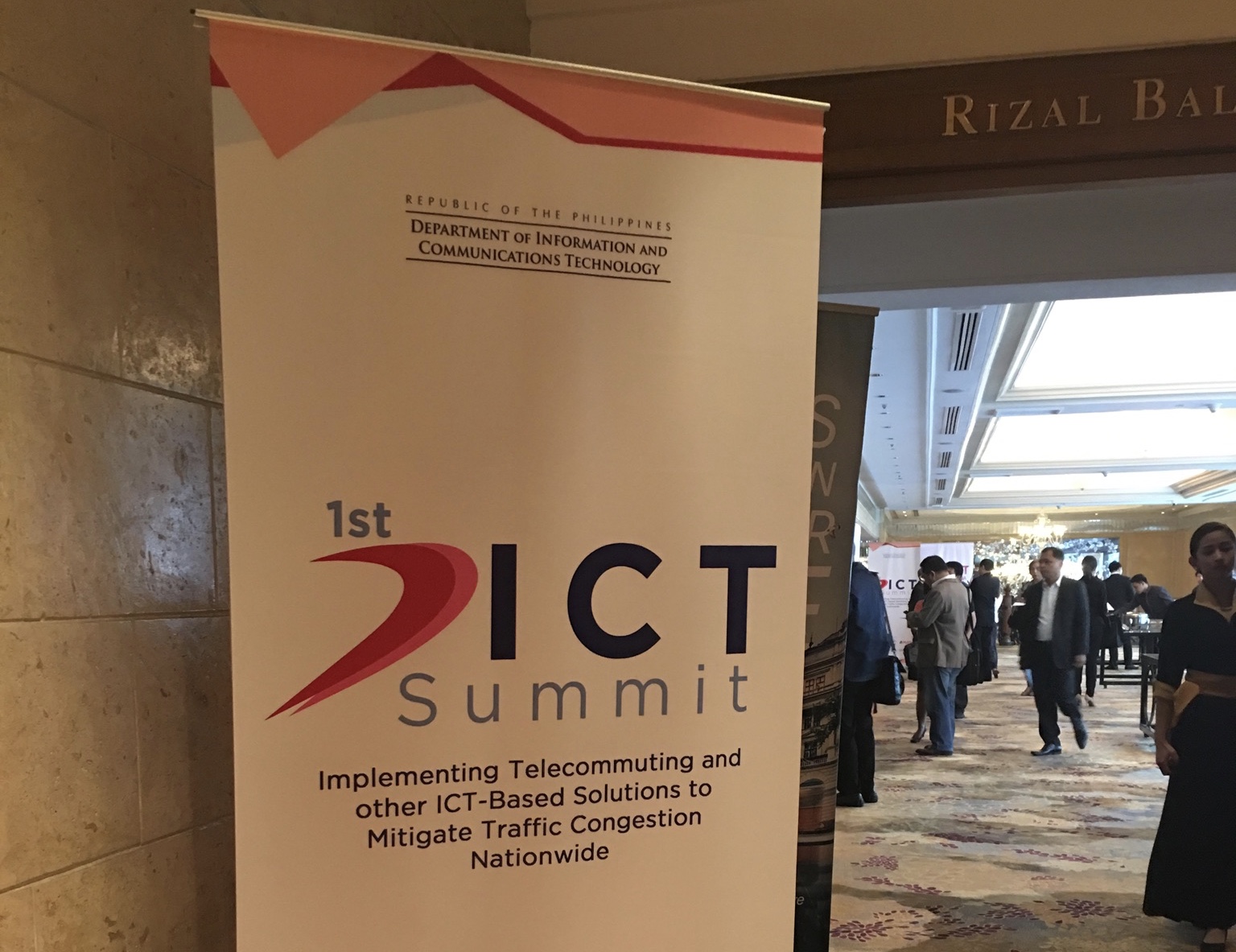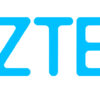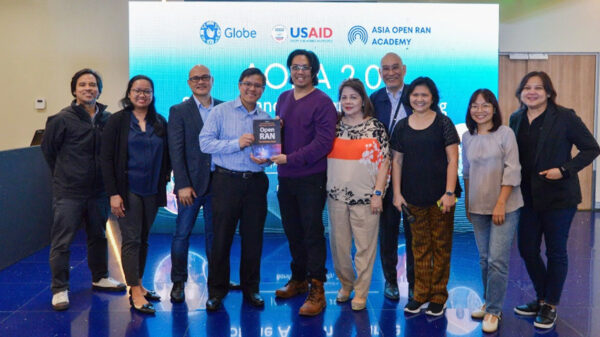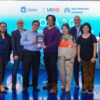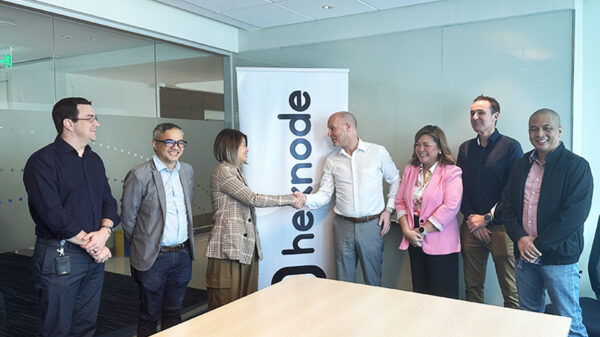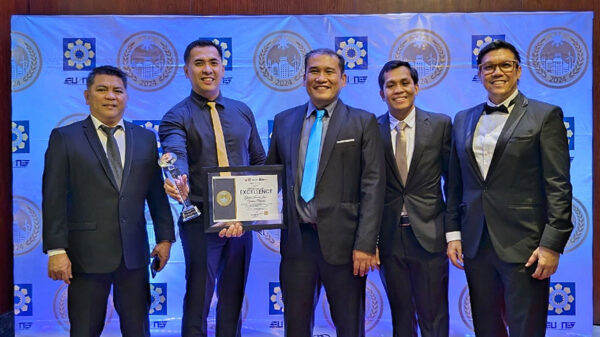Representatives from both the public and private sectors have drafted an Executive Order that would mandate the adoption of telecommuting and other ICT-based technologies as a means to solving the worsening traffic crisis in the Philippines, particularly in Metro Manila.
The draft EO was presented during the 1st ICT Summit organized by the Department of Information and Communications Technology, which will be the lead implementing agency for the initiative.
“This summit was introduced for us to recognize our problems [transportation concerns] and solve them,” said DICT Secretary Rodolfo Salalima. “The resolution presented today will be given to President Rodrigo Duterte and Head of Dept. of Transportation for approval.”
Citing a study by the Japan International Cooperation Agency, Eliseo M. Rio Jr., Undersecretary of the DICT, said that Metro Manila loses at least Php2.4 billion a day in productivity, while Cebu loses around Ph247 million, due to traffic.
For commuters, the traffic problem has resulted in many long hours spent on the road just to travel from home to work or school, and vice versa. The amount of time spent on the road leads to fatigue, decreased work productivity, and has even encroached on time that could otherwise be spent with family, friends, or the community. In terms of environmental impact, the need for daily commute has resulted in massive carbon dioxide emissions that contribute to environmental degradation.
Technologies supporting telecommuting
Telecommuting is made possible through the adoption and use of ICT-based solutions, which will allow workers, employees, and even students to work and study outside of the office.
Some of the supporting technologies cited in the proposed EO include videoconferencing, cloud computing, remote access ICT system, comprehensive ICT-based enterprise resource planning systems, virtual private networking (VPN), and encryption for security.
The draft EO also requires that broadband be the minimum internet connectivity standard. It requires the installation of broadband connectivity in major highways, national roads, and thoroughfares, as well as the use of buses and other public utility vehicles with WiFi hotspots, to allow commuters to access email and work while on the road.
Barriers to telecommuting
While telecommuting would be beneficial, the enabling technologies may not be capable of fully supporting the initiative, such as the country’s notoriously slow internet infrastructure.
“There is not enough cell sites to support mobile data traffic and high speed internet. Globe has a current backlog of 3,000 sites due to issues with permits,” said Gil Genio, Chief Technology and Information Officer and Chief Strategy Officer, Globe Telecom, in his presentation at the Summit. “Despite our willingness to spend, the fundamental issues of permits, rights of way, and site acquisition will prevent us from building the much needed cell towers we need today.”
In his speech, PLDT and Smart Communications Senior Vice President for Network Services Mario G. Tamayo, said there are currently no standard fees in applying for permits. Particularly at the level of barangays and municipalities, telcos face different sets of permit fees and processing timelines.
Tamayo also said that PLDT has to deal with widespread cases of cable theft and fiber breaks due to digging activities for national and local public works. He reported that these third-party causes account for about 80% of service interruptions for the country’s largest telecoms provider.
“We are calling for a national consensus to harmonize policies and regulations in support of building digital data infrastructure. We also hope to deepen understanding of our people, at the community level, how vital telecoms infrastructure are to our lives. When these facilities are damaged or stolen, this harms our welfare as surely as when roads and bridges are washed away.”
Tamayo also proposed that the Department of Public Works and Highways (DPWH) allocate space for telecoms infrastructure in public highways to reduce right-of-way issues and expedite deployment of fiber facilities.
According to Commissioner Gamaliel A. Cordoba of the National Telecommunications Commission, the Philippines only has 15,000 cellsites nationwide, while China has 1.18 million; India, 450,000; Indonesia, 76,477; Vietnam, 55,000; Thailand, 52,483; Bangladesh, 27,000; and Malaysia, 22,000.
Cordoba also noted that a local government unit would typically require at least 25 permits for one cellsite. Processing of the permit takes around 8 months, while building the actual cellsite takes three months.
To remove the barriers to telecommuting, the draft EO mandates the streamlining of the required permits and licenses necessary for the roll-out and continued operations of broadband facilities and infrastructure. Telecommunications entities will be given reasonable but unhampered access and usage of public thoroughfares in order to implement their continuing expansion and improvements with dispatch and without undue delays.
The draft EO also mandates the extension of the life of radio station licenses (RSLs) from one year to five years.
National Telecommuting and ICT-based Solutions Committee
To support the EO, the National Telecommuting and ICT-based Solutions Committee will be established and shall be composed of the Secretaries of 20 agencies.
The agencies are DICT, Commission on Higher Education, Department of Education, Technical Education and Skills Development Authority, Civil Service Commission, Department of Labor and Employment, Department of Transportation Department of Interior and Local Government, Department of Public Works and Highways, Land Transportation Franchising & Regulatory Board, Department of Budget and Management, National Economic Development Authority, Department of Trade and Industry, National Telecommunications Commission, Department of Health, Toll Regulatory Board, Department of Environment and Natural Resources, Bureau of Internal Revenue, Metropolitan Manila Development Authority, and the Philippine National Police Highway Patrol Group.
The committee shall submit to the DICT general policy, technical, and administrative guidelines on telecommuting and the use of ICT-based solutions within sixty days from the effectivity of the EO. Upon review and approval of the same, the DICT shall promulgate the guidelines for implementation.
Government entities covered by the EO shall issue within one hundred twenty days their respective implementing rules and regulations on telecommuting and the use of ICT-based solutions to mitigate traffic congestion, subject to guidelines to be issued by the DICT or the Committee.
Subject to the rules and regulations referred, at least 10 to 25 percent of the government workforce whose jobs may typically be performed away from the office shall be required to work via telecommuting at least one day per workweek.
While the EO only covers workers of government entities, the private sector is likewise encouraged to seriously consider implementing telecommuting as an alternative work arrangement for their employees to further facilitate the decongestion of traffic, increase worker productivity, and reduce vehicular pollution.
Gaining ground in other parts of the world
Telecommuting as a strategy is already gaining ground in other countries and is being implemented by both government, education institutions, and private corporations. Among the top companies that have adopted telecommuting are Amazon, Dell, IBM, American Express, Oracle, Nielsen, Red Hat, Adobe, and many others.
India, Indonesia, Argentina, South Africa, Turkey, and the United States are among the countries that have adopted telecommuting.
In response to the call for solutions that would support telecommuting, PLDT has introduced a full-featured enterprise-grade virtual conferencing platform solution to further promote telecommuting among enterprises.
In partnership with global business conglomerate Tata Communications, PLDT’s Unified Collaboration, powered by Jamvee, is an enterprise cloud-based solution that allows users to set up a secured collaboration experience on any or multiple devices using any operating system and lets organizations host high-quality virtual conferences for several attendees from just about anywhere.
“Telecommuting has already been the practice of leading organizations in developed countries and it’s been shown as a productive collaboration tool that helps enterprises plan meetings and conferences more efficiently,” said PLDT EVP and ePLDT President & CEO Eric R. Alberto.



